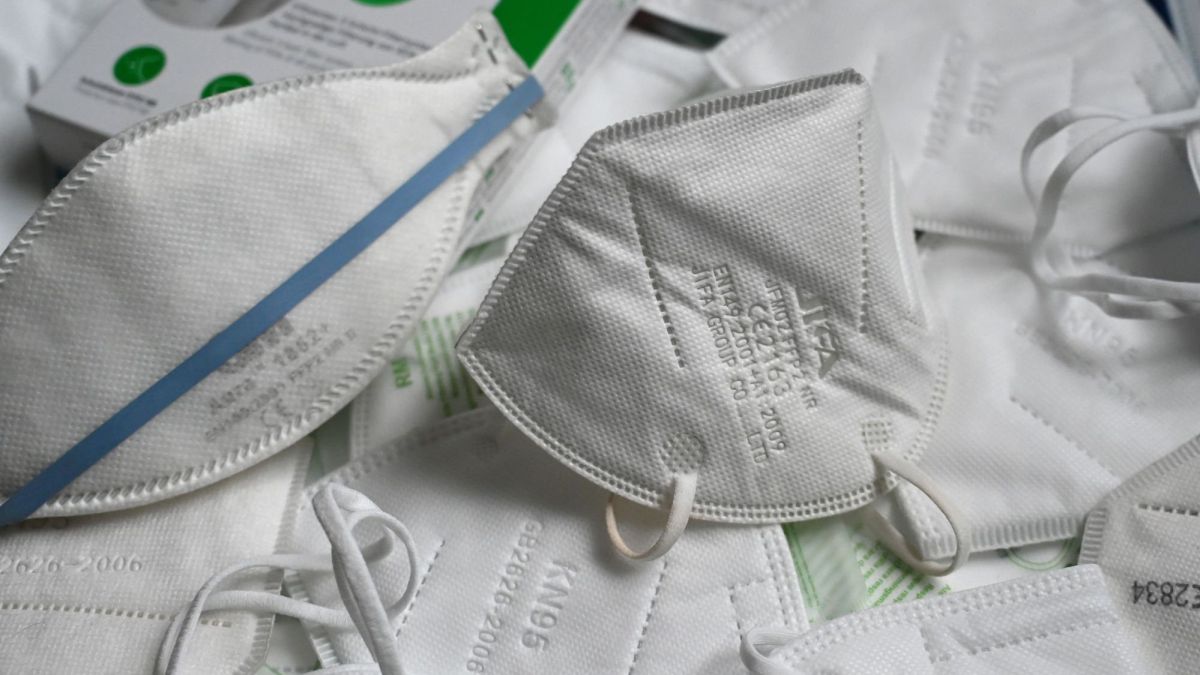Read more from Author Melissa Galbraith here: https://globelivemedia.com/author/melissa-galbraith/
Europe is immersed in the third wave of coronavirus infections just when the long-awaited vaccination campaign has not started more than a month ago. Several countries, such as Portugal, Spain or the United Kingdom are reporting the highest numbers of infections and deaths in the entire pandemic and even some countries are already resorting to house confinement.
One of the possible reasons for the new increase in infections, in addition to the relaxation of measures during the Christmas season, may be the appearance of new variants of the coronavirus about which the World Health Organization (WHO) has recently warned.
One of them, and possibly the one for which more information is available so far, is the British variant, scientifically known as the B117. This strain, according to specialists, has a greater transmission capacity than the original, so some types of mask may not prevent infection. However, according to the director of the Center for the Coordination of Health Alerts and Emergencies (CCAES), Fernando Simón, “The new strain does not yet have a significant effect on transmission in Spain.”
In this sense, the French Minister of Health, Olivier Véran, has issued a Warning not to use masks with a filtration lower than 90%. With this, he has asked that the use of those that are made by hand or that are made of category 2 fabric be avoided. Therefore, what protection does each of the masks provide?
Fabric and manufactured masks
It is not recommended to use homemade masks unless you cannot use any other type of mask due to not having access to it, since its filtering capacity is negligible. For its part, fabric masks have a filtration that can range from 70% to just over 90%Therefore, it is advisable to follow the manufacturer’s specifications.
Surgical masks
Surgical masks They are the most used by the population due to the relationship between their quality and their price. The The protection it provides is close to 99%, but it is important to bear in mind that its use is limited to 4 hours.
Mascarillas FFP
FPP masks have a great capacity to adapt to the face of the person who wears it, thus preventing the entry and exit of air from the sides. There are three types of FFP masks: FFP1, FFP2 and FFP3. The filtration of each one of them is approximately 78%, 92% and 98%, respectively.
N95 masks
Are those that filter the air more effectively, as they adapt easily to the wearer’s face and have the ability to filter 95% of aerosols and 99.9% of large droplets.

